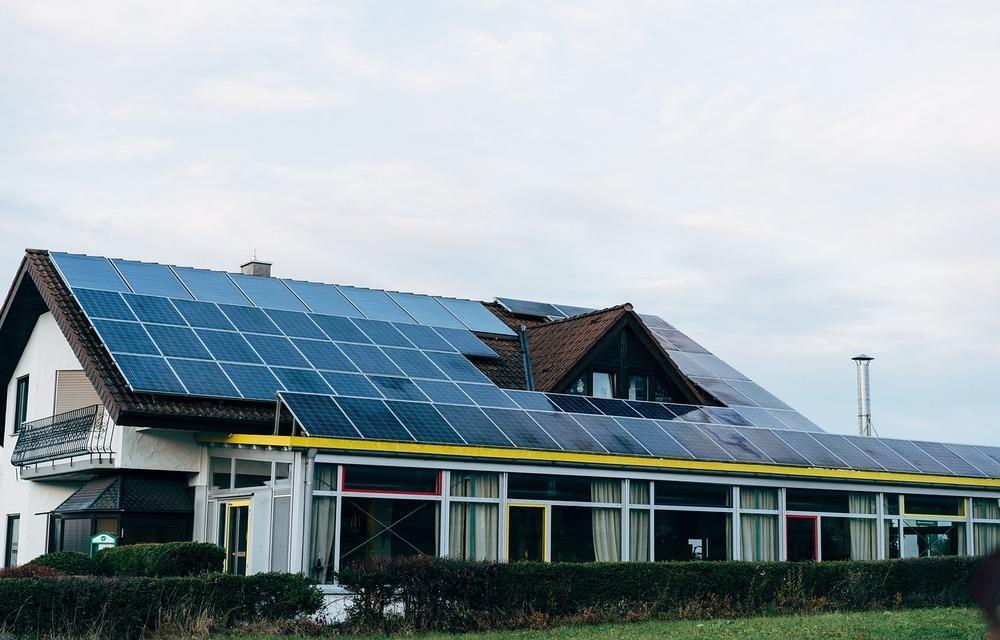
Harnessing the Future: A Guide to Sustainable Home Power
In an era marked by environmental consciousness and technological advancements, the quest for sustainable home power is more relevant than ever. Let’s explore the possibilities and practical steps towards achieving a home powered by renewable energy sources.
The Evolution of Sustainable Home Power
The landscape of home power has undergone a significant transformation in recent years. Traditional reliance on non-renewable energy sources is giving way to a new era, driven by the increasing availability and affordability of sustainable alternatives. Solar, wind, and hydroelectric power are becoming more accessible options for homeowners looking to reduce their carbon footprint.
Investing in Solar Energy: A Bright Future
Solar energy stands out as a frontrunner in the sustainable home power revolution. The installation of solar panels on rooftops allows homeowners to harness the sun’s energy and convert it into electricity. Advances in technology have made solar panels more efficient and cost-effective, making this a viable option for those looking to make a long-term investment in sustainable energy.
Wind Power: Capturing the Breeze
For homes situated in areas with consistent wind patterns, wind power can be a game-changer. Wind turbines convert the kinetic energy of the wind into electrical power. While large-scale wind farms are common, smaller residential wind turbines are now available, offering homeowners the opportunity to generate their own clean energy.
Hydroelectric Systems: Flowing Towards Sustainability
Properties with access to flowing water, such as rivers or streams, can explore hydroelectric power systems. These systems harness the energy generated by moving water to produce electricity. While not as common as solar or wind power, hydroelectric systems present a reliable and continuous source of sustainable energy for eligible locations.
Energy Efficiency: The Foundation of Sustainable Living
Before delving into renewable energy sources, it’s crucial to maximize energy efficiency within your home. This involves adopting energy-efficient appliances, improving insulation, and ensuring your home is well-sealed. By reducing overall energy consumption, you not only decrease your reliance on external power sources but also contribute to a more sustainable and cost-effective lifestyle.
Financial Incentives and Rebates: Making Green Choices Affordable
Government initiatives and utility companies often provide financial incentives and rebates to encourage homeowners to adopt sustainable energy solutions. These incentives can significantly offset the initial costs of installing solar panels, wind turbines, or other renewable energy systems. Researching and taking advantage of these programs can make sustainable home power more financially accessible.
Challenges and Considerations
While the benefits of sustainable home power are evident, it’s essential to consider the challenges. Initial installation costs, intermittency in energy production (for solar and wind power), and geographical limitations are factors that homeowners should carefully evaluate. Consulting with renewable energy professionals can help navigate these challenges and find tailored solutions.
The Role of Sustainable Home Power in Climate Action
As the world grapples with the consequences of climate change, individual actions, including adopting sustainable home power, play a vital role in mitigating environmental impact. By reducing reliance on fossil fuels, homeowners contribute to the collective effort to combat climate change and build a more sustainable future.
Sustainable Home Power: A Link to Lynnwood Locksmith Pro
For those ready to embark on the journey towards sustainable home power, Sustainable Home Power offers expert guidance and solutions. Their professionals can assess your property, recommend suitable renewable energy options, and provide efficient installation services. Make the switch to a greener, more sustainable home today!
